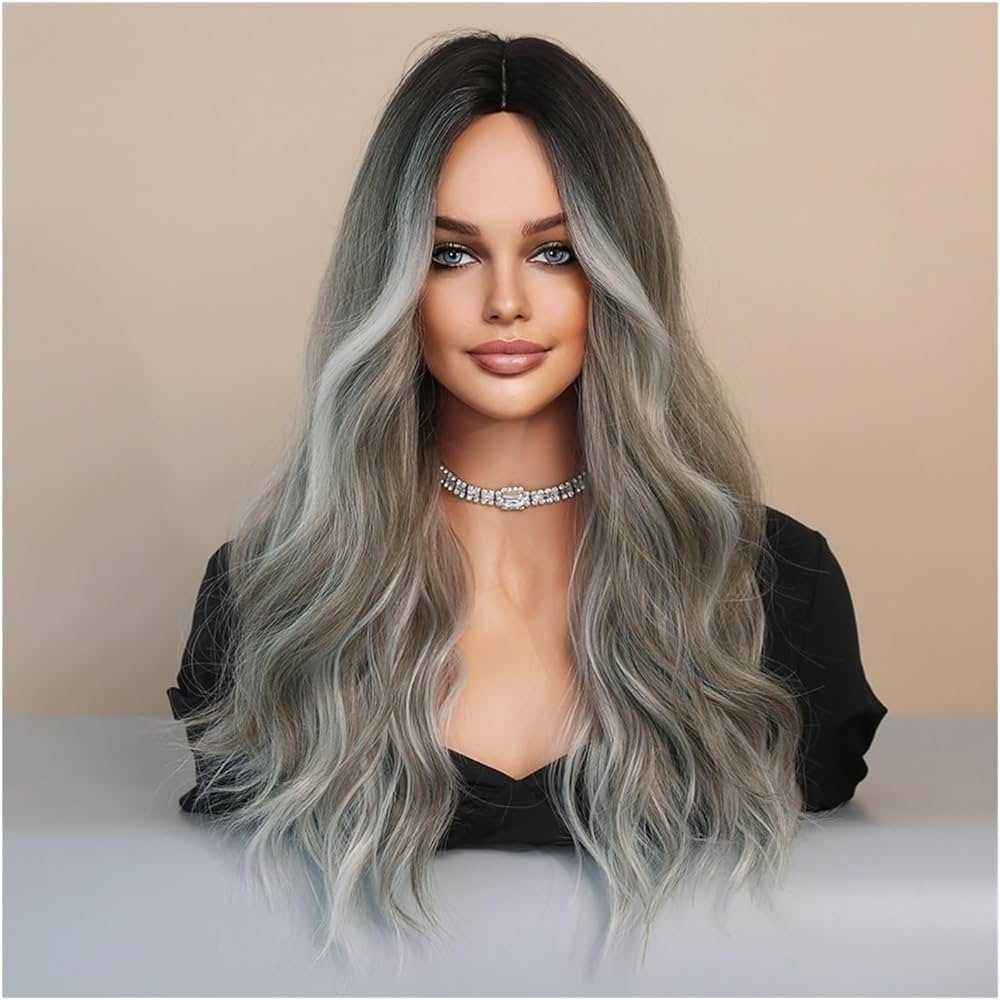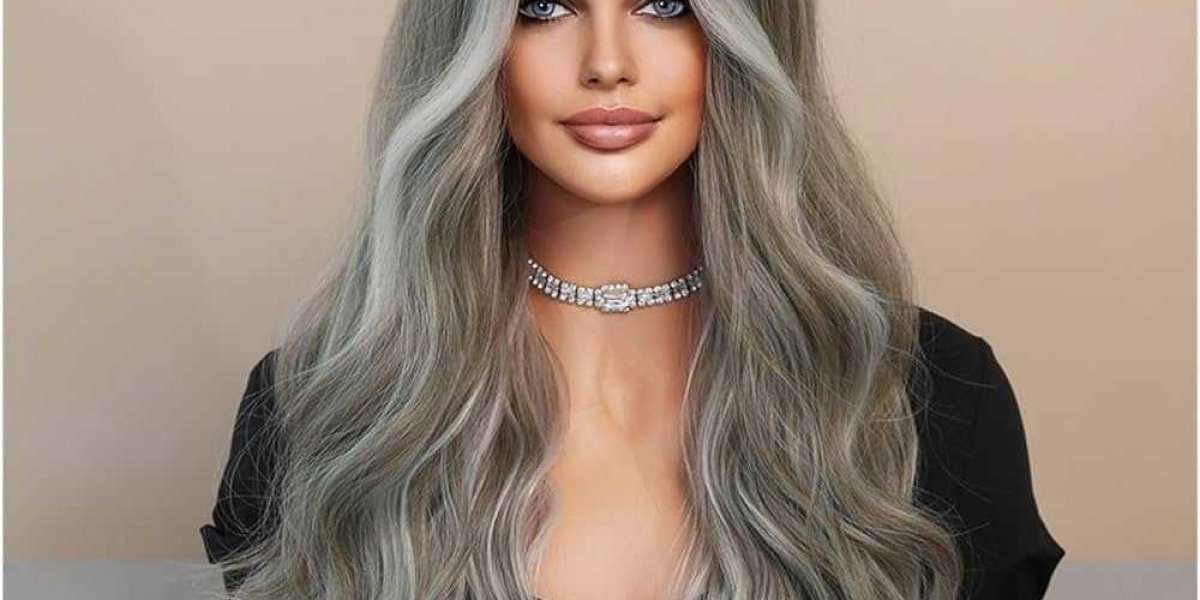For women looking to enhance their natural hair with extensions, one of the most important considerations is hair length. Picking out extensions that are too long or short can ruin the overall look, so it's essential to understand typical hair lengths and how they are measured. This guide will explore hair length categories, measurement techniques, and tips for choosing the perfect length to complement styles and face shapes.

How Hair Length is Measured
The first step is understanding exactly how hair length is determined, as this can vary between textures. All hair industry professionals measure strands by stretching them straight from root to end, not by leaving hair hanging naturally. This is because wavy, curly or coiled textures tend to appear shorter than their actual length when allowed to drape normally.
Straight hair lays flat against the head and ruler, making its stretched measurement simple and accurate. For wavy and curly textures, stylists gently pull individual hairs taut to get an true "from root to tip" reading that translates equally across types. Kinky, coily textures often spring up in tighter coils that obscure the root end. Here estimations factor in the extra length gained by uncoiling each strand.
Hair Length Categories
With measurement techniques defined, here are the general categories used globally by hair extension vendors and stylists:
Short hair: Less than 12 inches stretched
Medium hair: 12-16 inches
Shoulder length: 16-22 inches
Mid back: 22-26 inches
Waist length: 26-30 inches
Hip length: 30-36 inches
Floor length: 36+ inches
Keep in mind naturally straight styles land at the upper end of each range, while very curly textures may be 1-3 inches shorter given the texture's density. Ombre and color-treated extensions also lose fractionally in length over time as the hair breaks down.
Picking the Right Length
The goal is finding an extension length flattering both your facial features and desired style. Consider:
Face shape: Short bangs suit round faces while layers frameheart shapes. Long layers soften long faces.
Natural hair length: Match or go 1-3 inches longer for subtle density versus a dramatic look.
Personal taste: Too short may feel unnatural, too long high maintenance. Find a practical everyday length.
Intended styles: Short hair limits options versus long hair suitable for updos.
Lifestyle: Work appropriate or suitable for active hobbies like sports.
Avoid lengths too far from your natural hair or too short for styles you wish to create. An expert stylist can also advise which cut may best enhance your features if unsure. It's always better to go a tad longer than risk short, unflattering extensions.
Factors Impacting Perceived Length
Texture affects fullness and perceived length, so keep this in mind. Other factors influencing how long hair appears include:
Density: Thin hair with gaps looks shorter than thick, full styles of the same measurement.
Layers: Vertical face-framing layers make hair appear shorter than a long solid-length style.
Parting placement: A deep side part exposes more length than a mid-part.
Natural wave pattern: Loose S-waves look longer than deeply curled hair of the same length.
Height and build: On petite frames, shorter hair may suffice versus taller individuals.
Knowing these influencers helps set proper hair length expectations whatever your natural texture. A little longer length than initially planned often results in a more foolproof, versatile look in the long run too.








